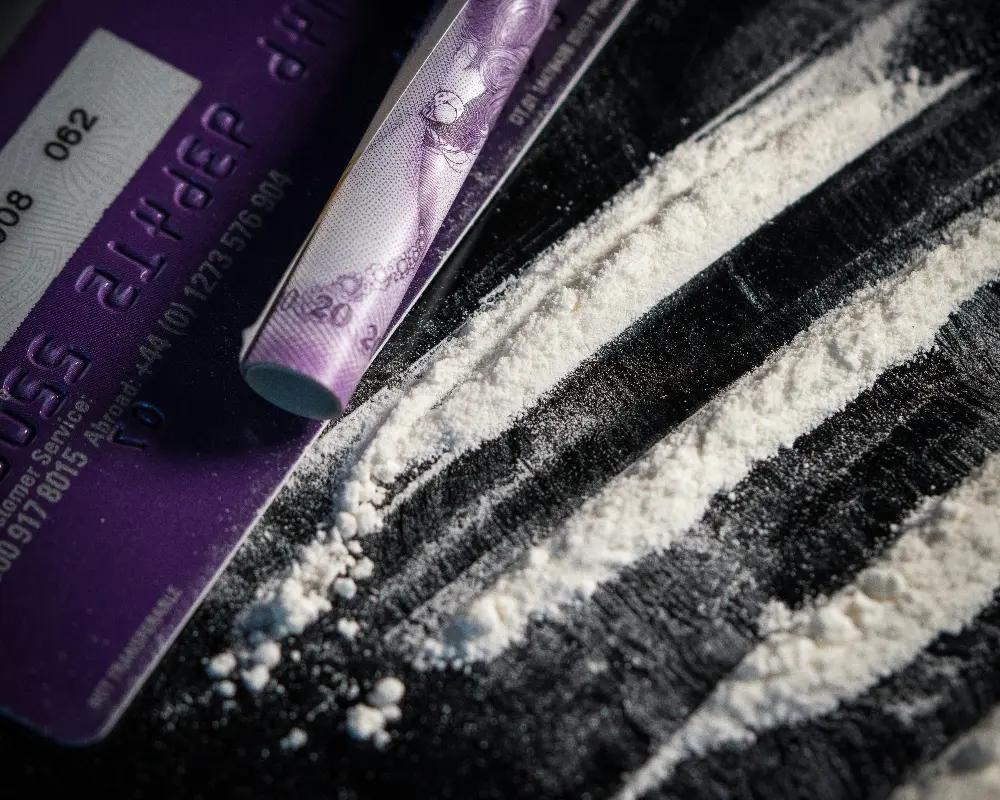Natural or synthetic substances that cause certain changes in perception, which can be relatively small, such as focusing, to relatively larger changes, such as hallucinations. These may be accompanied by other phenomena such as changes in cognition or mood.
Mushrooms, cactus, persimmon, bush, nutmeg, parsley, red toadstool, tiger toadstool, toad are all examples of natural phenomena where hallucinogenic substances can occur. One of the most famous is psilocybin, which is found in mushrooms of the genus Psilocybe. Mescaline is found in the peyote cactus. If we look at synthetic substances, we can find a very large number of these substances, but among the most famous are LSD or ketamine.
We encounter hallucinogens in a specific environment, they are mostly taken as a complementary or experimental drug. Their use is most often orally, sublingually, by smoking, very rarely in other ways. The effects of these drugs are related to variables such as the size and type of substance, and the state of mind the individual is in at the time of use is very important. Depending on the method of use and the type of substance, the onset of intoxication develops, which can reach its peak even hours after use. The decay is typically calculated within a few hours. These substances can cause distortion of the perception of time and space, pseudo-hallucinations, synesthesia, auditory and visual hallucinations. All thinking becomes irrational. Often this state can be euphoric.
There is a high risk of adverse intoxication, which is called a bad trip. This can cause anxiety, panic, paranoia, etc. Somatic manifestations are tachycardia, hypertension, sweating, mydriasis, nausea or vomiting. Persistent psychotic and depressive states are a risk. Perhaps there is also a change in personality. These substances do not tend to create psychological or somatic dependence. A big risk is the development of depression or a panic state in predisposed people.
Currently, there is a very interesting situation in the professional environment of the Czech National Institute of Mental Health (NÚDZ), where research is being conducted under controlled conditions that could help clinical use in the field of mental health, where psilocybin or ketamine molecules can eliminate depression faster than existing antidepressants. Given this fact, it is a matter of time before they see their use in clinical psychiatry.
Source: Kalina, K. (2015). Clinical addictionology. Grada Publishing
BE IN THE IMAGE
Information, articles and news
Do you need help?
You can send us a message or call us every day from 8 a.m. to 8 p.m. +420 770 143 385
This website is using cookies
You can either allow them all with the "I agree to all" button below, refuse or set the "Detailed settings" in detail. You can also change the selection later. More information about cookies in the Cookie Policy .




